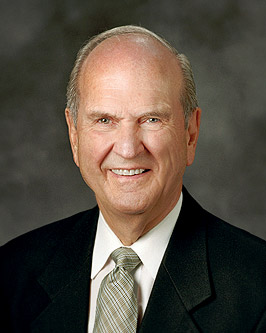Ronald A. Rasband, “Be Not Troubled”
Elder Ronald A. Rasband
Elder Rasband’s message highlights several scriptures that can help us dispel any fears we may have about the perilous times we live in. Ask members to search these scriptures for counsel that they could share with someone who is fearful about the future. What else could they share from Elder Rasband’s message? How can fear “[limit] the perspective of God’s children”? Invite members to share how they have learned to overcome their fears and live with faith.
STUDY HELPS TO DEEPEN LEARNING
QUESTIONS for DEEPER UNDERSTANDING found on the STUDY PAGE (below)
• How can fear limit my perspective? What purpose might fear have as part of my earthly experience?
• When has the Savior helped me overcome fear?
• What are fears I face in this world?
• How is fear dispelled?
• How can I help others overcome their fears?
• What can I do to build the strong foundation necessary to ensure my fears do not overcome me?
• When has the Spirit helped me push away fear and doubt?
• When has standing with the prophet helped me overcome my fears?
• What are some holy places I can stand in? How has the Spirit eased my worries when I stand in Holy places?
• In way ways does the love of God conquer all my fears?
• How can I be active in overcoming fears and troubles?
• What do I love that the Lord loves?
• How do I maintain optimism in a pessimistic world?
• How do I encourage spirituality in myself and others?
• When have I put my fears aside and relied on the Lord?
ADDITIONAL QUESTIONS for DEEPER UNDERSTANDING
• What blessings are promised to those who stand in holy places? How can I make the places I stand in holy while surrounded by the wickedness of the world? What are some places in my life that I consider holy?
Some of these question originated from Camille's Chicken Scratch 'n Sniff Site and more study and teaching ideas can be found there.
QUOTES for DEEPER UNDERSTANDING
“‘Holy places’ may have more to do with how one lives than where one lives. If we live worthy of the constant companionship of the Holy Ghost, then we stand in a holy place. … A holy place is any place where a person enjoys the Spirit of God” (Doctrine and Covenants Student Manual, 2nd ed. [Church Educational System manual, 2001], 196).
"True disciples love to “stand in holy places”and love to make holy the places where they stand. Wherever they go, they bring the love of the Lord and peace to the hearts of others." (Pure Love: The True Sign of Every True Disciple of Jesus Christ By Elder Massimo De Feo Of the Seventy, General Conference, April 2018)
“Anywhere you are where the Spirit is present can be a holy place.” (Elaine S. Dalton, “Holy Places in Your Life,” New Era, Jan. 2013, 7; see also D&C 87:8.)
SCRIPTURES for DEEPER UNDERSTANDING
- D&C 68:6
- D&C 6:34, 36
- Isaiah 41:10
- Philippians 4:13
- Luke 1:37
- 2 Timothy 1:7
- Proverbs 3:5-6
STUDY PAGE
The following study page is designed for to help visual learners ponder and explore more deeply the message of feeling peace rather than fear in a troubled world.





























